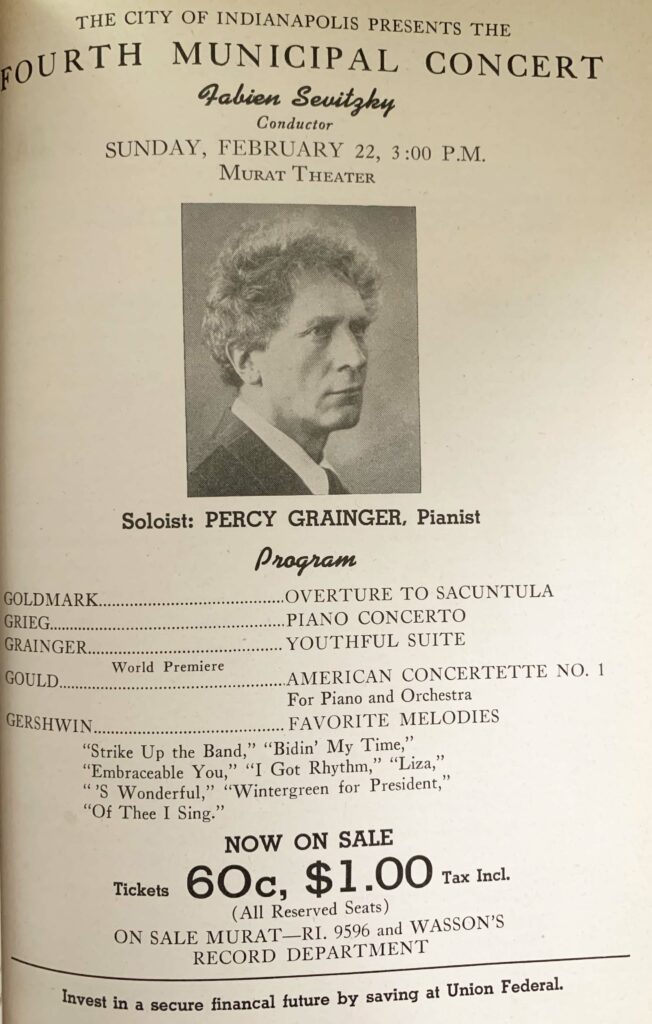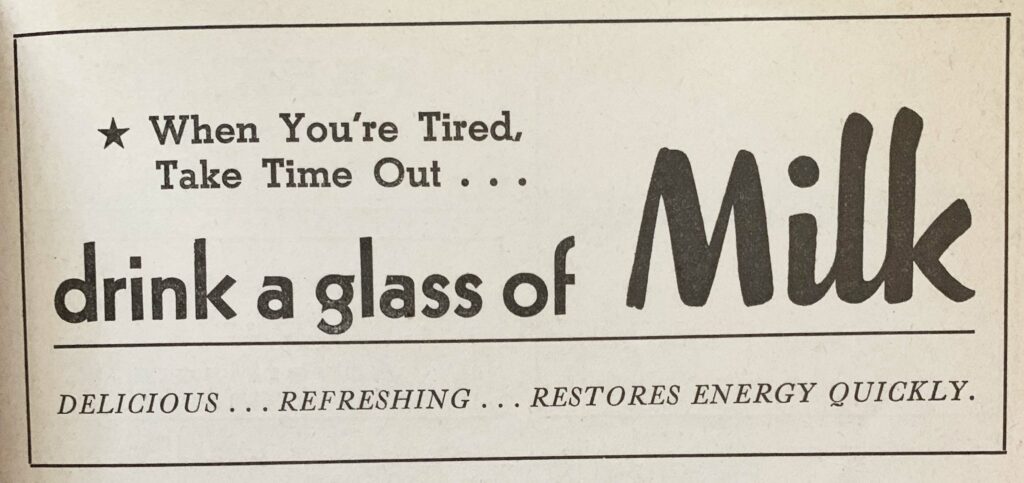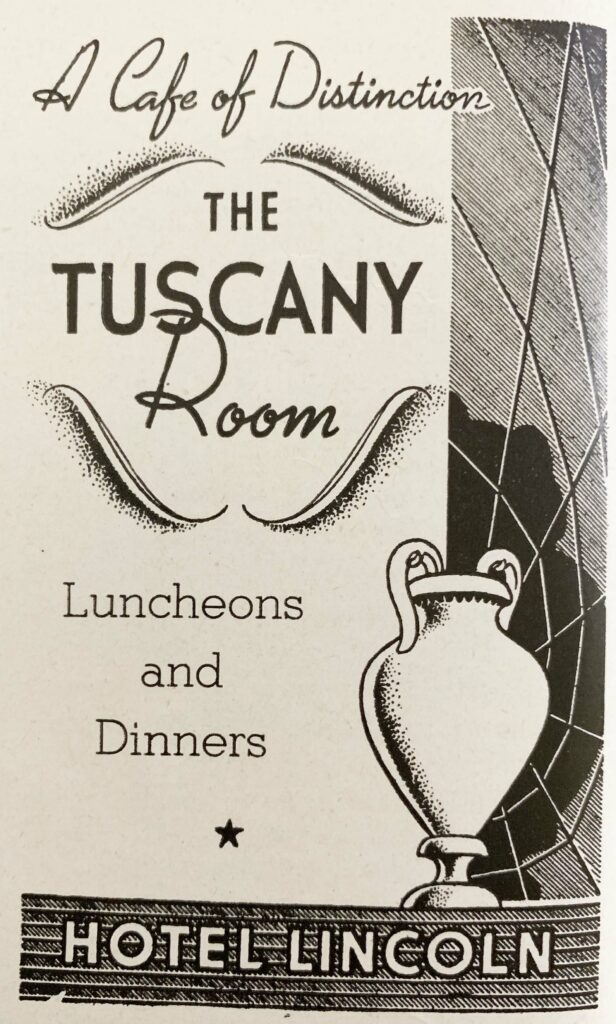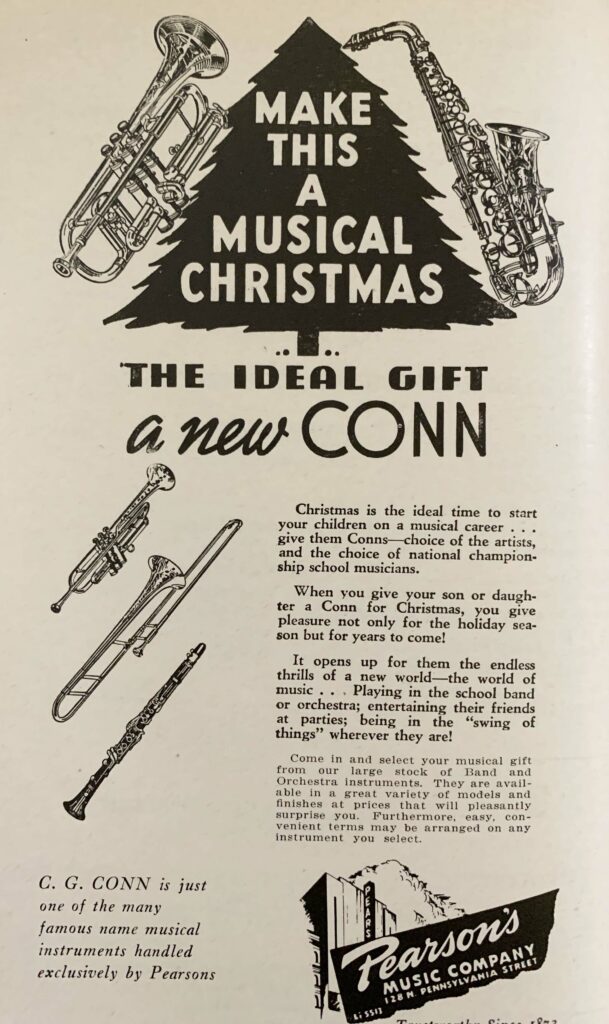Celebrating the history of the ISO: the 1940s
The 1940s was a whirlwind for the Indianapolis Symphony Orchestra.

The 1940s was a whirlwind for the Indianapolis Symphony Orchestra. Early in 1941, the ISO’s national outreach shifted from radio to phonograph recordings. The 20 phonograph recordings issued on RCA Victor and Capitol from 1941 to 1953 put the ISO among the nation’s most active and praised recording orchestras. Sevitzky also brought in the finest concert artists available to appear with the ISO. Each season contained visits from musical superstars including William Kapell, Lotte Lehmann, Zino Francescatti, Nathan Milstein, Rodolf Serkin, and many others. However, no guest conductors were booked; that space on the podium belonged to Fabien Sevitzky alone.
When the crisis of WWII struck, the ISO was hit hard, like every other part of life in the U.S. The subscription base shrank, somewhat because of gas rationing. National broadcasting and phonograph recordings were also reduced as time and materials were poured into the war effort instead. Nearly 30 members of the ISO were called into service during the war. Absent musicians were replaced by young males not old enough for the draft, those who could not serve, and women. The number and artistic excellence of its female musicians further solidified the ISO’s reputation.
Sevitzky ruled the podium during the 1940s, and rarely expanded the season beyond the 20 weeks of the original 1937 schedule. However, in order to bolster the reputation of the ISO and to earn more money, he increased the number of dates that the ISO played concerts outside of Indiana. On December 6, 1944, the ISO debuted at New York’s Carnegie Hall. Critic Olin Downes pointed out the relatively small size of the ISO in comparison with the “Big Three” of the east coast, but said of the performance of Shostakovich’s Fifth Symphony that “Sevitzky read his score, which the orchestra played very well, in a way that reflected significantly the conductor’s uncommon grasp of the music.”
On January 12, 1946, the ISO debuted in Boston, Sevitzky’s old stomping ground. Critic Rudolph Elie Jr. from The Boston Herald said that, “in some ways, Mr. Sevitzky’s orchestra is better than our own. . . .” The ISO continued to blaze a trail among major orchestras and also was the first to hire a peer orchestra to appear on its classical series when the resident orchestra was away on tour.
Highlights from the decade:
- In the 1945-46 season, Sevitzky explained to the audience that he had received a number of requests to perform Ravel’s Bolero, but due to the large cost of renting the parts for performance, he had to decline. He offered to schedule the piece at a subsequent concert if the Bolero aficionados in the audience would each sent the Orchestra $1 for a special “rental fund.” Only four people sent in a dollar. However, two people sent in $2 each if the Orchestra would refrain from playing it!
- Program books included a section called “Journal of the Orchestra,” and the first program of the season on November 8 and 9, 1947, included this update: “The little fellow with the bow and arrow was very busy during the summer; he hit the viola section twice, the clarinet section twice, the bassoons once, and the French horns once.”
- One of the highlights from the 1947-48 season was a December 14, 1947, concert featuring the Trapp Family Singers and their 10 children. The family traveled North America giving performances from 1938 to 1956, and served as the inspiration for the 1964 movie The Sound of Music. As it was printed in the ISO’s program book, the Trapp family “left Austria at the time of the German annexation and found their way via Italy to this country, where they are now established with a Vermont farm as their permanent residence and full United State citizenship almost achieved.” The book also provided details about their travel arrangements across the U.S.:
“They have a large motor coach, which would normally accommodate 37 people, but which has been converted into a veritable home on wheels for the singers. The rear section of the bus has been arranged as a small living room, in which the family gathers each day for a two-hour rehearsal under the direction of the Reverend Dr. Frank Wasner, their conductor and spiritual mentor. Other family activities—’lessons’ for the youngsters, reading, writing, and so forth—are also carried on in this part of the bus. There is a stove and a well-stocked pantry; sleeping quarters and a small shrine in a corner of the cruising household, which provides an appropriate setting for family devotions.”
Photos taken from the 1947-48 season program books.











References: Akins, Thomas N. Crescendo—Indianapolis Symphony Orchestra: 1930–2005. Indiana Symphony Society, Inc. 2004.
